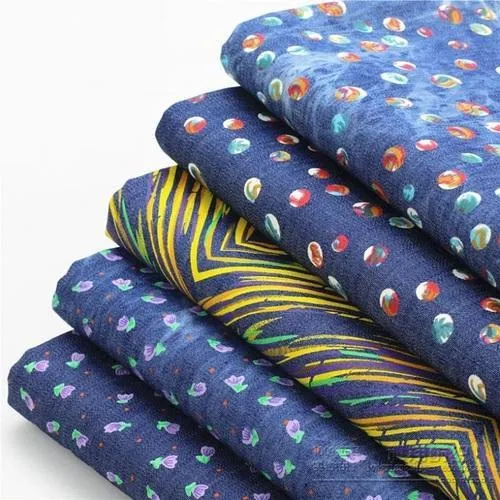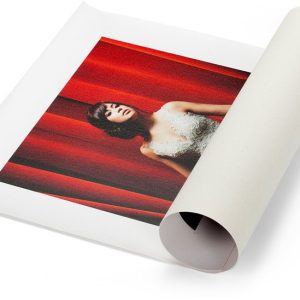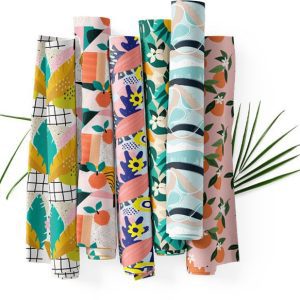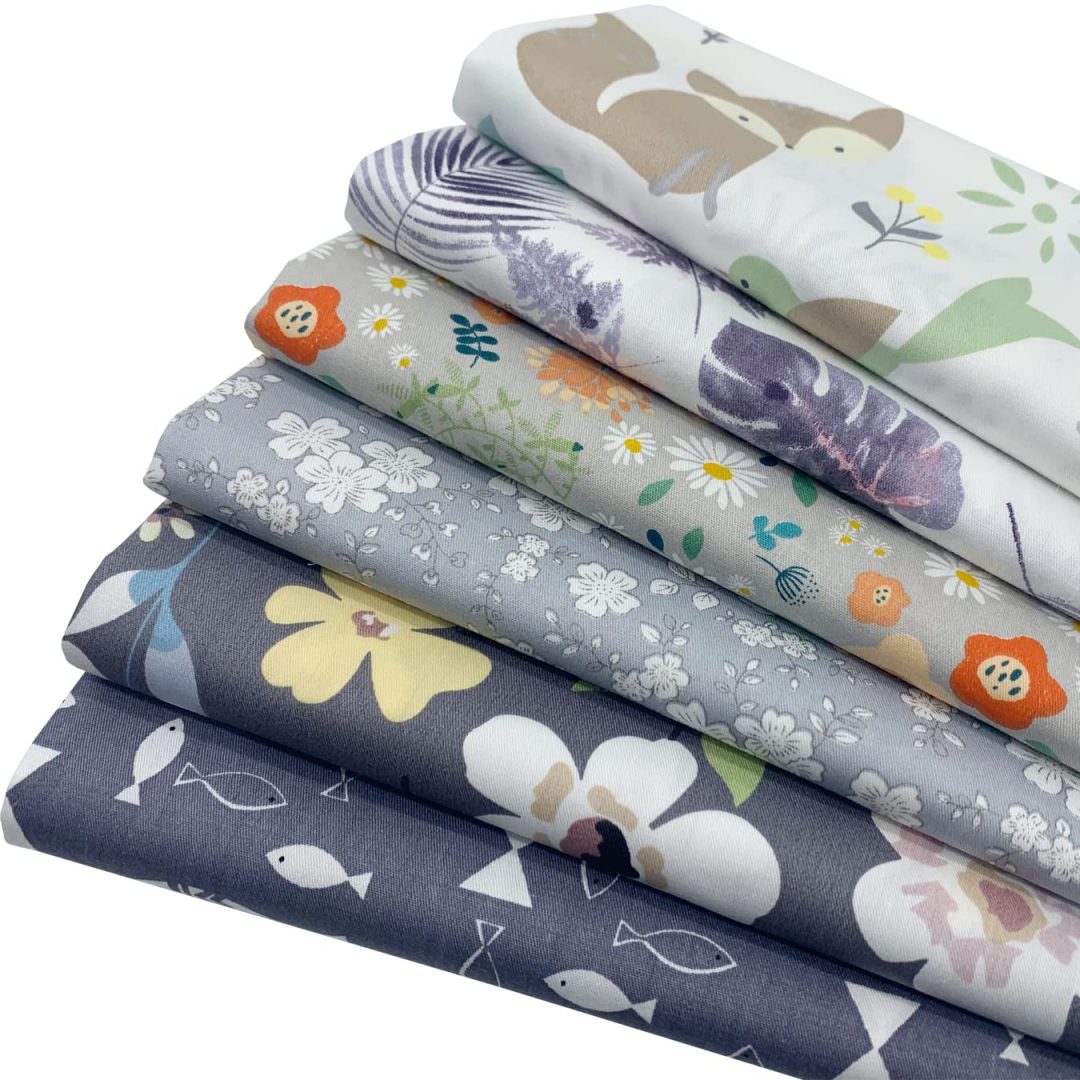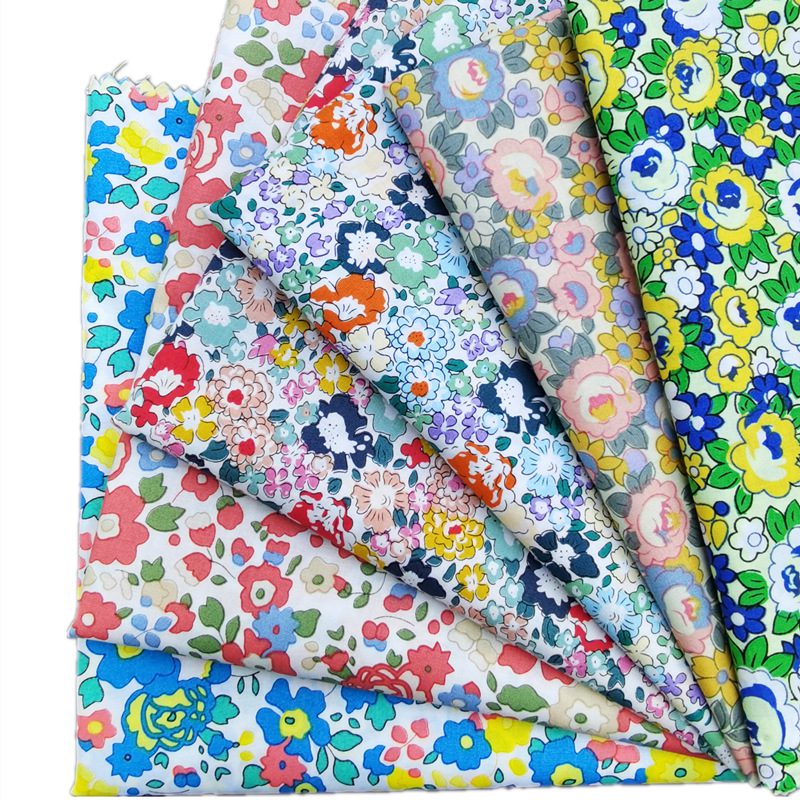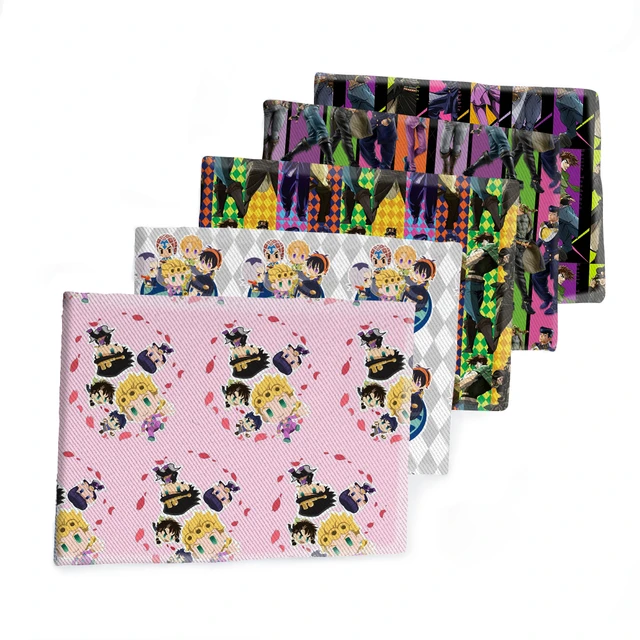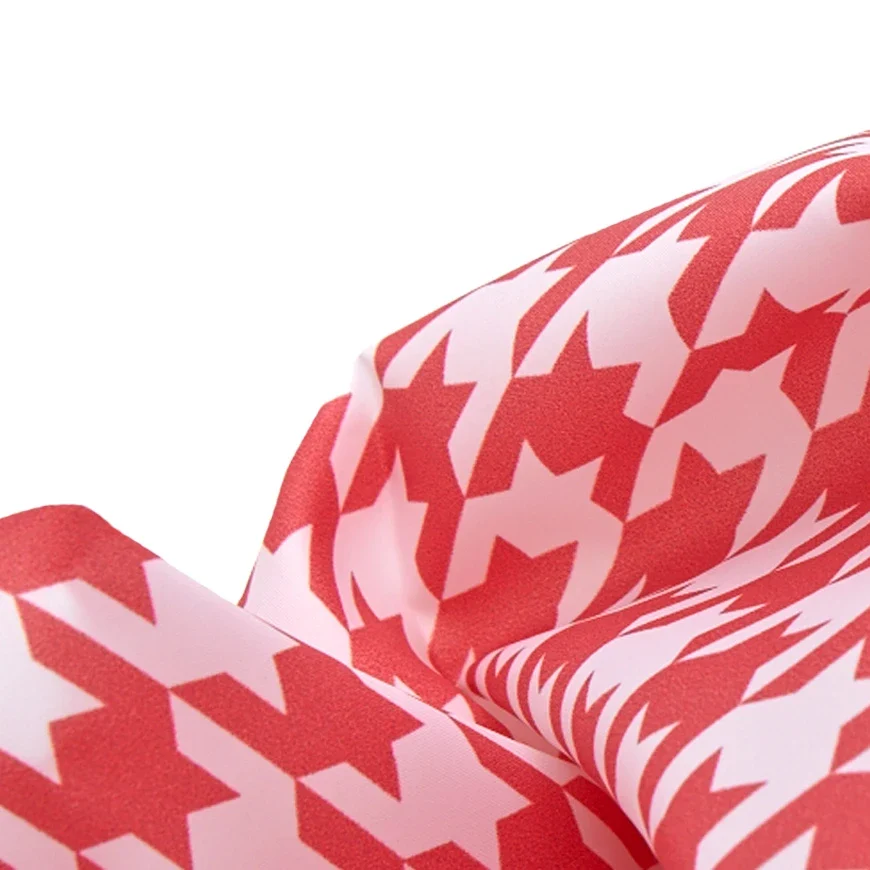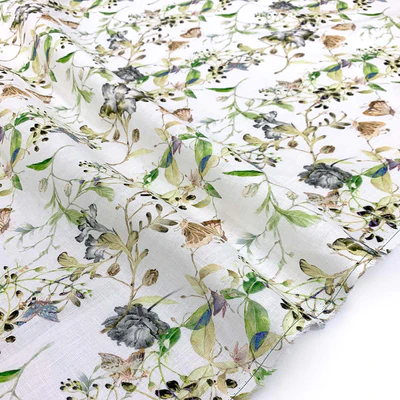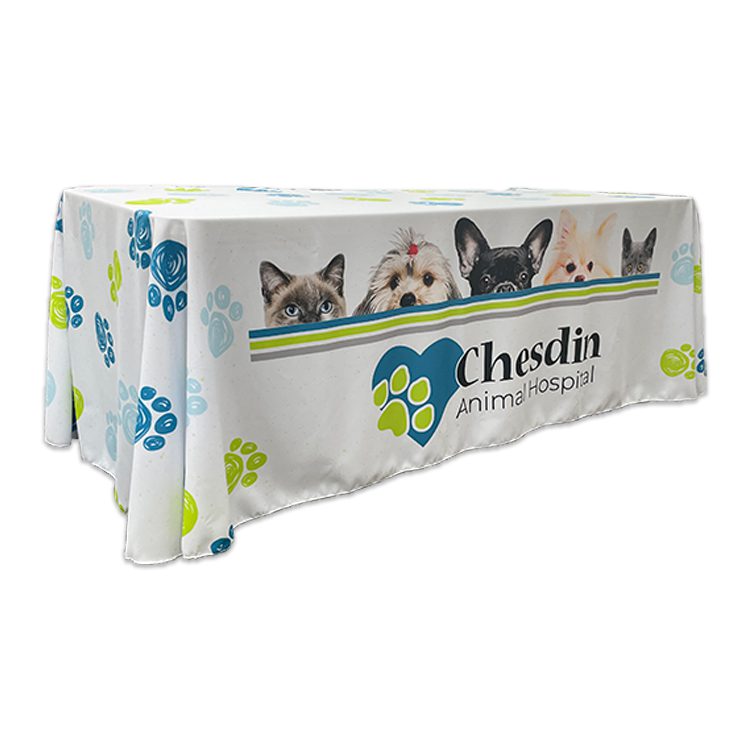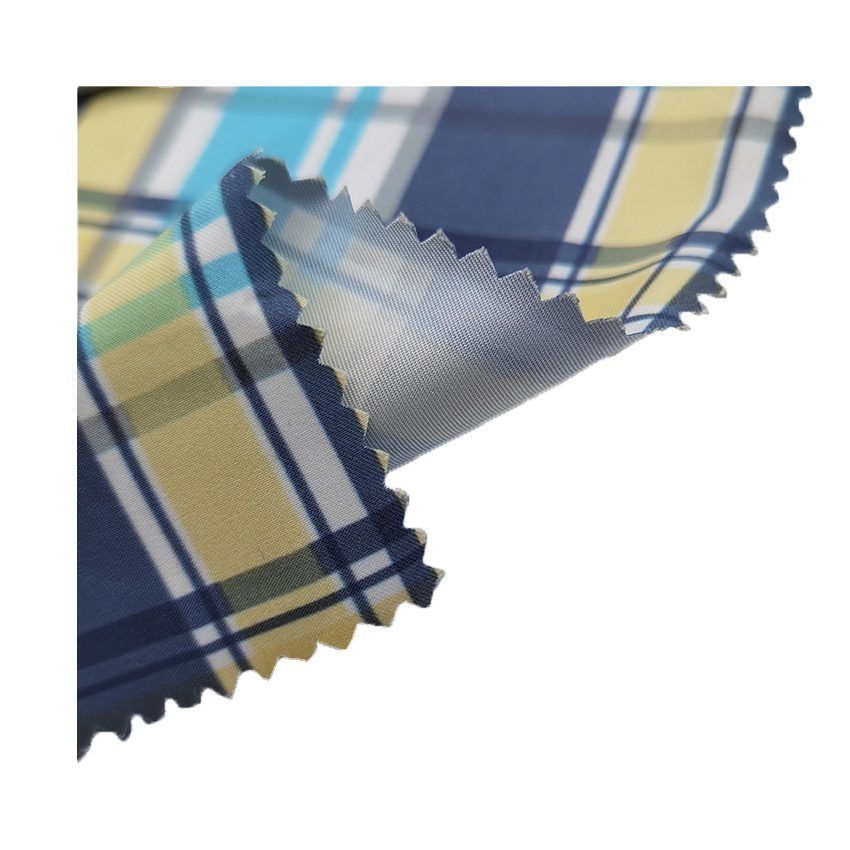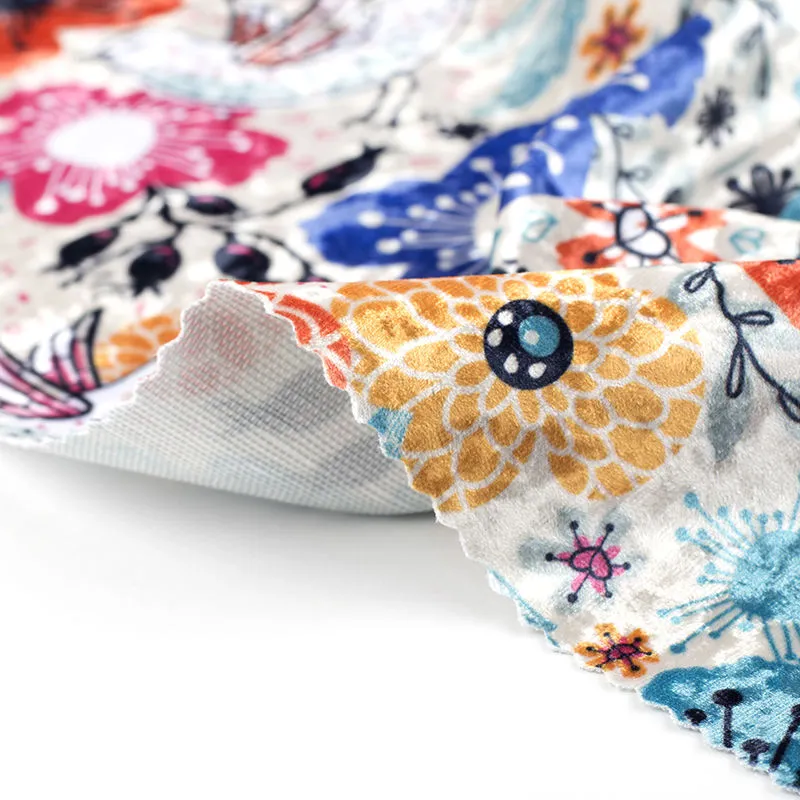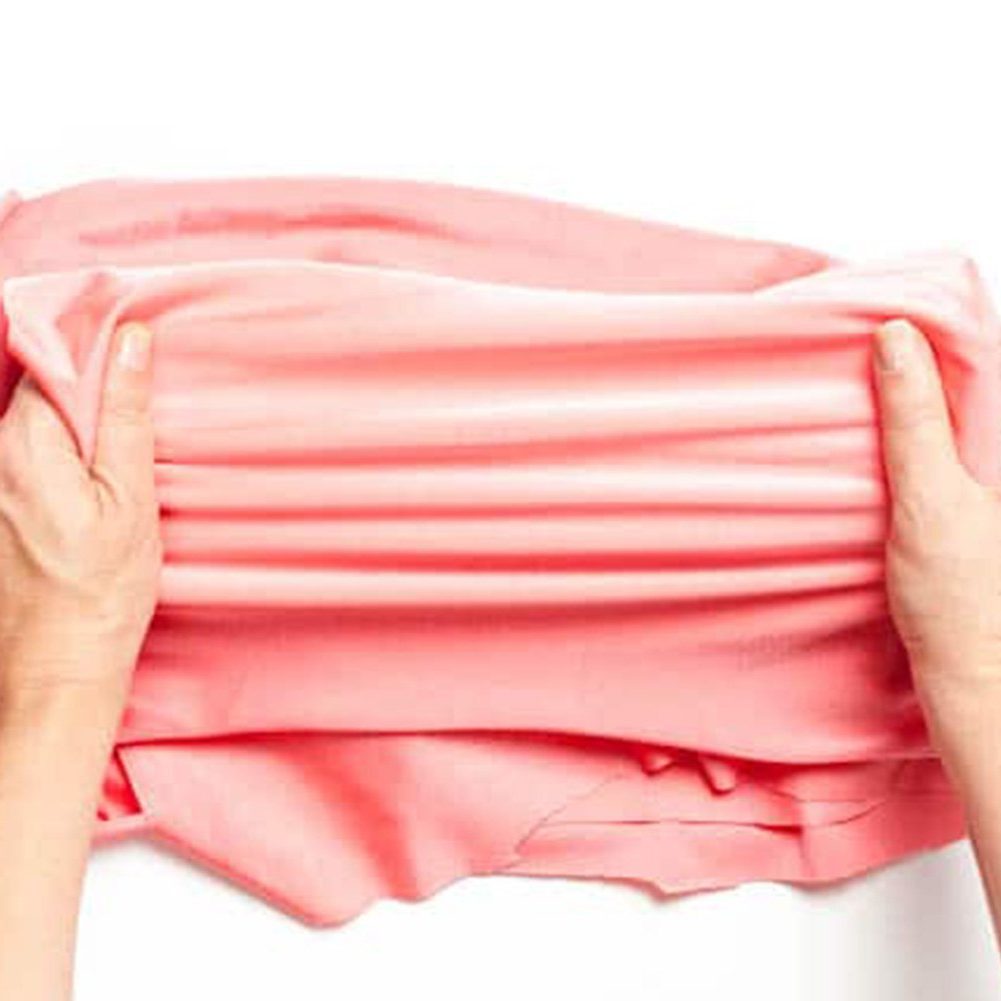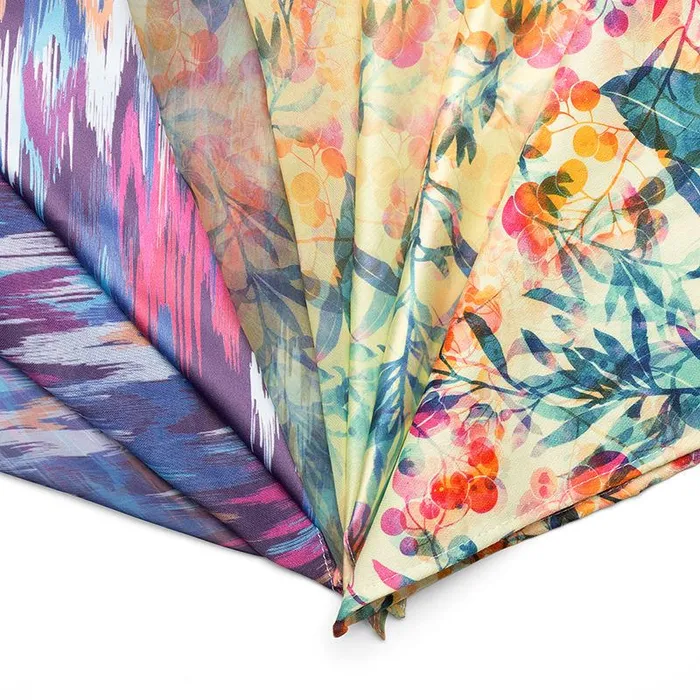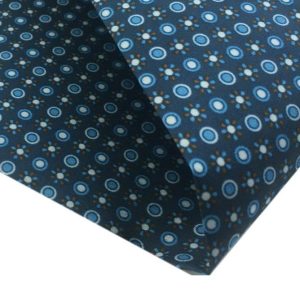Textiles Printing
Showing all 14 results
Textiles printing is a versatile and dynamic method of adding designs, patterns, or artwork to various types of fabrics and textiles. This process has evolved over the years, and today, it is used for a wide range of applications, from fashion and home decor to promotional products and branding. In this article, we will explore textiles printing, its techniques, and its diverse applications.
Here are some frequently asked questions (FAQ) related to fabric textiles printing:
Fabric textiles printing is the process of applying designs, patterns, or artwork onto fabric surfaces using various printing techniques. This allows for customization and personalization of fabrics for a wide range of applications.
Fabrics that are commonly used for textiles printing include cotton, polyester, silk, linen, rayon, and blends of these materials. The choice of fabric depends on the desired application and the printing technique.
ommon techniques include screen printing, digital printing, heat transfer printing, sublimation printing, and block printing. Each technique has its advantages and is chosen based on the desired outcome and the fabric type.
Yes, textiles printing can be used on both natural and synthetic fabrics. The choice of printing technique may vary depending on the fabric's composition, as some techniques work better on specific materials.
Digital textiles printing offers high-resolution and detailed prints, making it suitable for intricate designs and photographic images. It also allows for on-demand and small-batch printing, reducing waste and setup costs.
The durability of textiles prints depends on factors such as the printing method, ink quality, and fabric type. Proper care, including gentle washing and avoiding excessive sun exposure, can extend the lifespan of the prints.
Yes, textiles prints can be highly customized. Designers and individuals can create unique and personalized prints by providing their own artwork, patterns, or color choices.
Yes, textiles prints are commonly used for commercial and promotional items such as custom T-shirts, promotional bags, and branded apparel. They are an effective way to promote products, services, and events.
The size of fabrics that can be printed depends on the capabilities of the printing equipment. Large format printers can accommodate oversized fabric printing for applications such as banners and stage backdrops.
Yes, textiles prints are commonly used in the sportswear and swimwear industries due to their ability to produce vibrant and durable prints on performance fabrics. Sublimation printing is often used for activewear due to its moisture-wicking and stretchable properties.
Textiles printing offers a world of creative possibilities and applications, making it a versatile and valuable tool for both personal and commercial use. Whether you're looking to personalize your wardrobe, promote your business, or enhance your home decor, textiles printing can help you achieve your desired look and feel.



